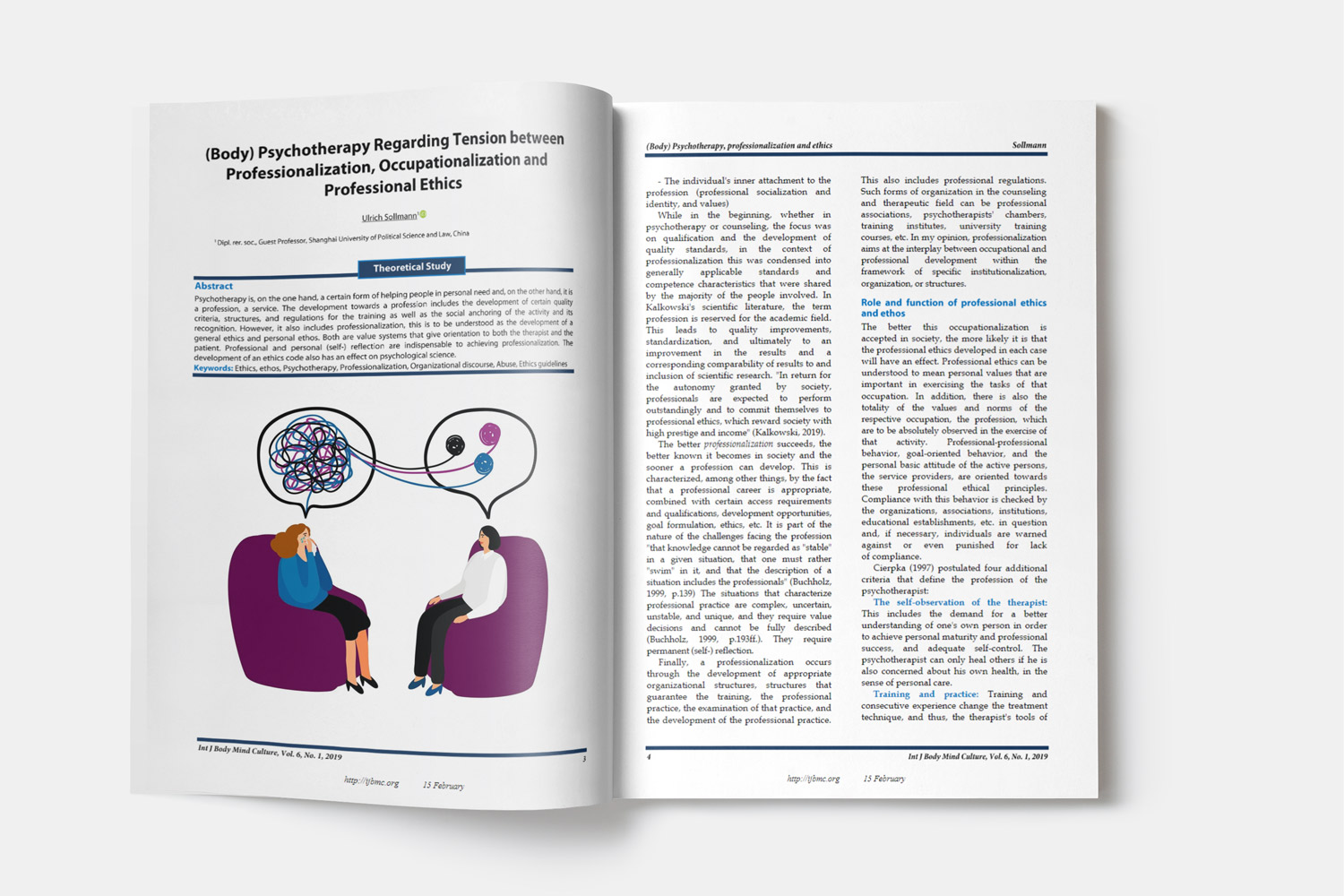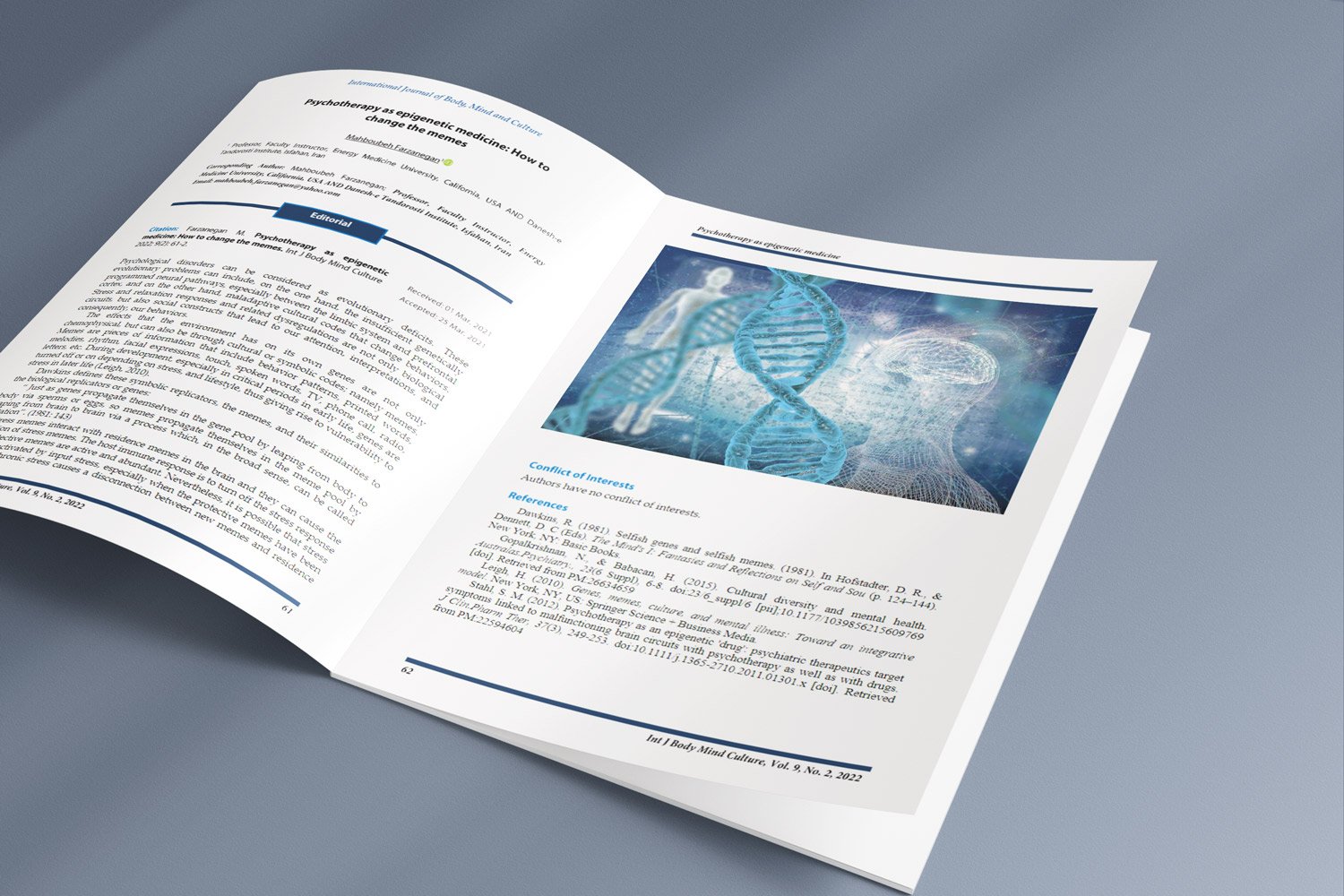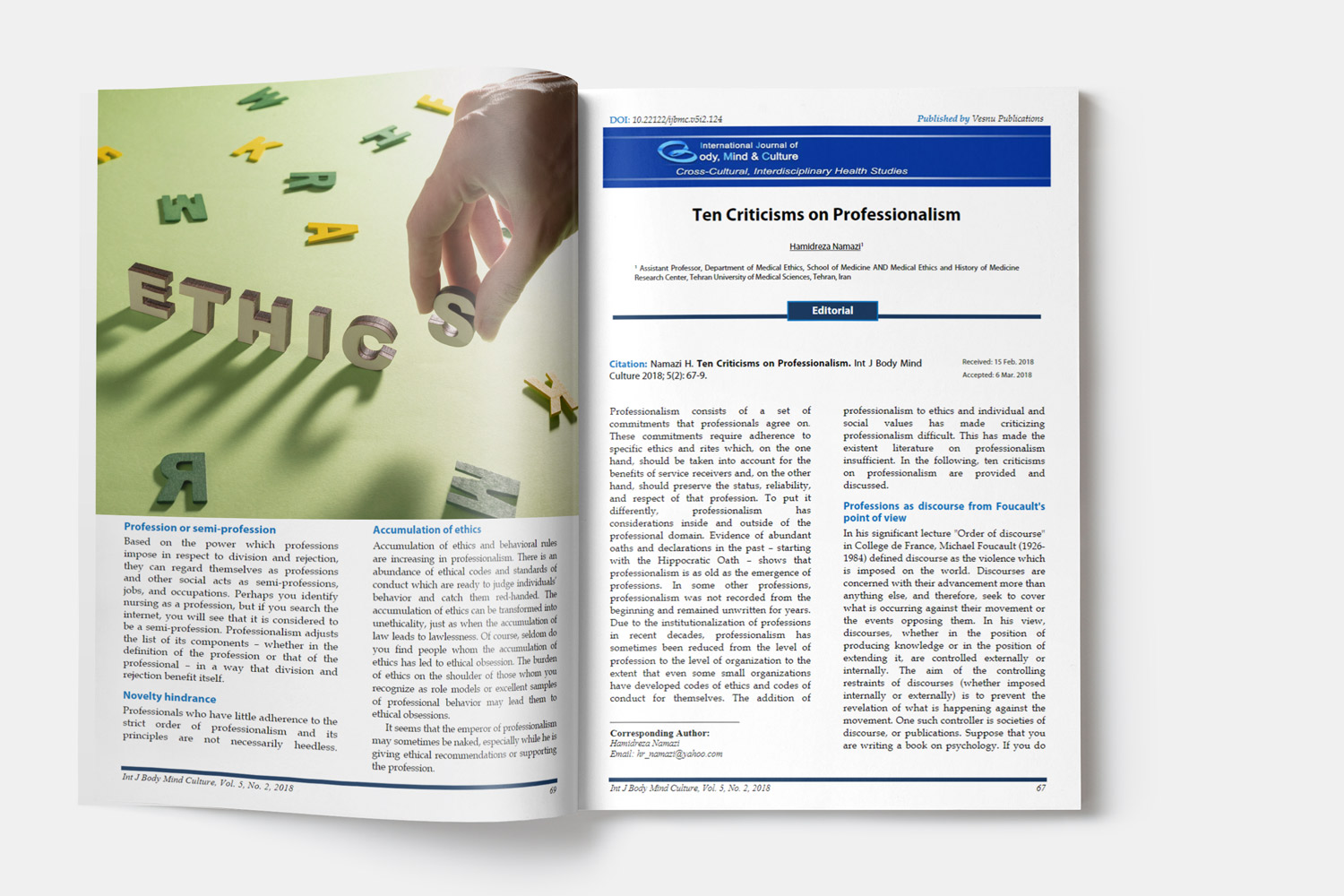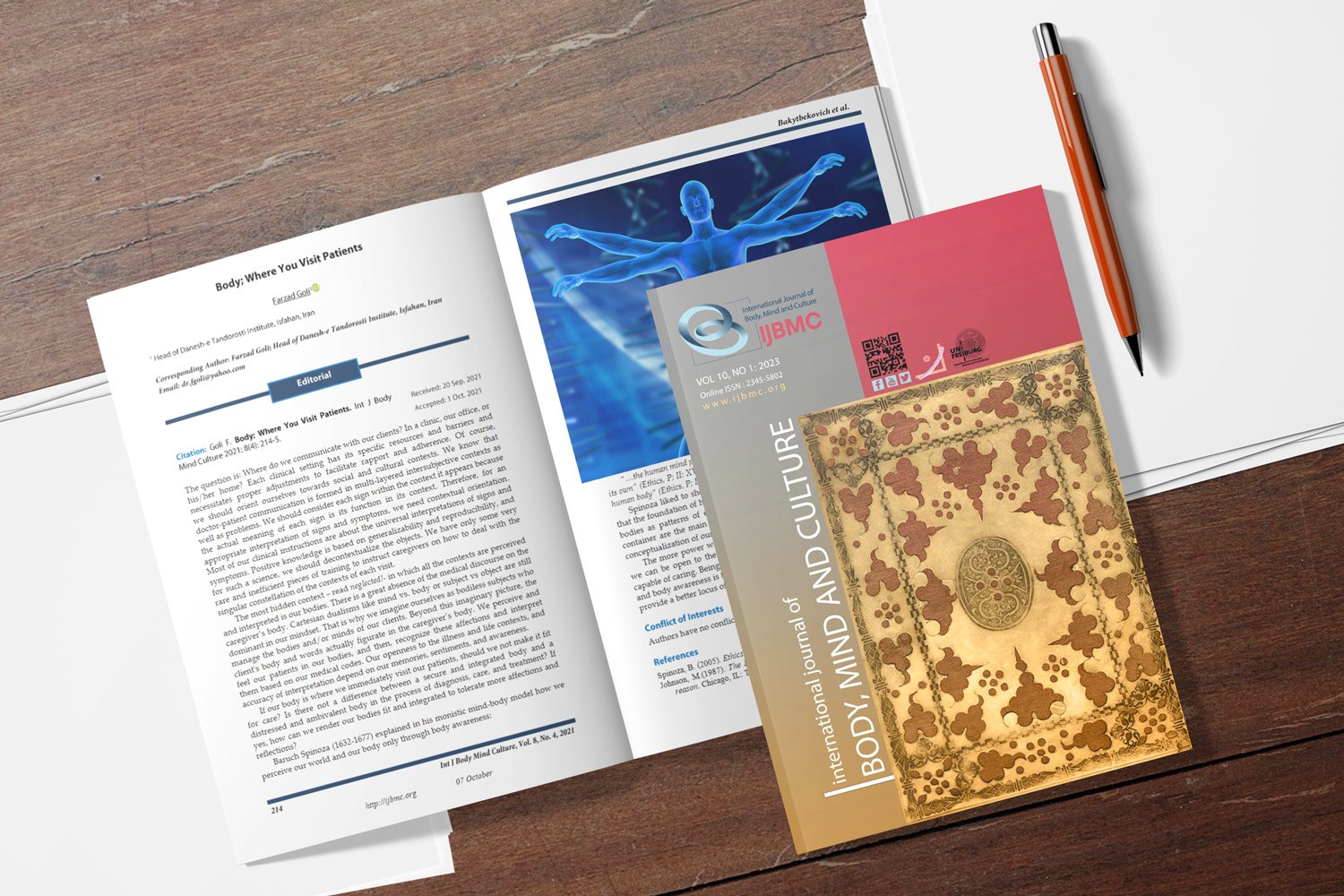Effects of a Continuous and Periodic Aerobic Exercise Rehabilitation Program on Depression and Anxiety in Hypertension Patients
Downloads
Background: Depression and anxiety can lead to a variety of diseases and increase the risk of developing hypertension (HTN). The current study was conducted with the aim to assess the effects of a continuous and periodic aerobic exercise rehabilitation program on depression and anxiety in patients with HTN.
Methods: The research method was quasi-experimental and simple random sampling was used. The statistical population included 139 individuals. The selected 60 patients were divided into 2 groups, continuous and periodic aerobic exercise. These patients took part in the trial twice, 3 times a week, for 16 weeks. The Costello-Comrey Anxiety and Depression Scales with acceptable validity and reliability were used to assess the subjects' anxiety and depression before and after the training. Data were analyzed using independent and paired t-test in SPSS statistical software. Additionally, ANCOVA was used to investigate depression and anxiety parameters in greater detail.
Results: According to the t-test results, continuous and intermittent exercise programs significantly reduced the patient's anxiety and depression (P < 0.01). In contrast, the results of ANCOVA revealed no significant difference in anxiety and depression improvement between the 2 exercise groups (P > 0.05). Furthermore, in group A, the dissatisfaction component changed the most (16.4%), while the body factor changed the least (4.4%). In group B, the dissatisfaction component (16.7%) changed the most, while the behavioral factor (5.2%) changed the least.
Conclusion: Both continuous and intermittent aerobic exercise programs can assist individuals with HTN in reducing anxiety and depression.
Downloads
Copyright (c) 2022 International Journal of Body, Mind and Culture

This work is licensed under a Creative Commons Attribution-NonCommercial 4.0 International License.















